Behind the Fangs: How Ingrid Pitt Became Horror’s Most Unstoppable Survivor
If you’ve ever seen The Vampire Lovers, chances are you’ve never quite shaken that hypnotic face. The name Ingrid Pitt conjures up images of gothic glamour, commanding presence, and blood-red lips curling into a knowing smile. But the real horror wasn’t on the movie screen—it lived in her past. Ingrid Pitt didn’t just star in horror classics. She lived through nightmares most of us can’t imagine. And what came after? A life full of adventure, defiance, and unforgettable stories that made her a true icon.
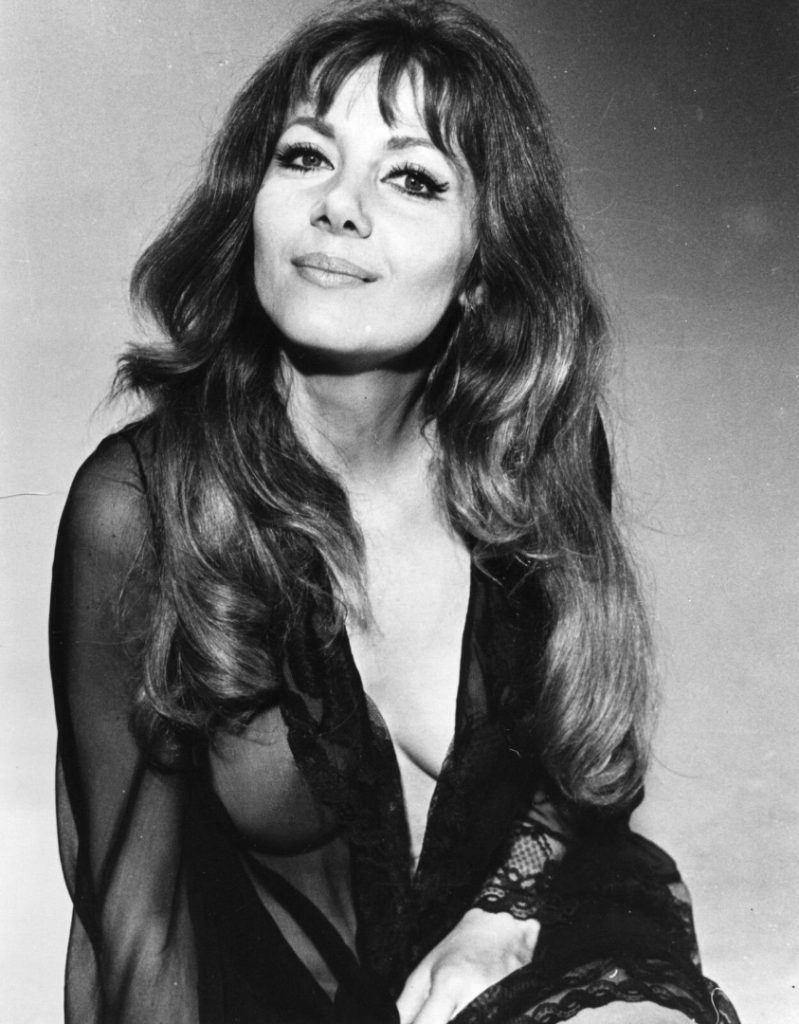
A Childhood in the Shadows of War
Born Ingoushka Petrov in Czestochowa, Poland, in 1937, Ingrid’s early life was marked by terror and survival. At the age of five, she and her Jewish mother were taken to the Stutthof concentration camp during World War II. For three years, Ingrid endured inhuman conditions, facing starvation, cruelty, and death all around her. But even as a child, she found solace in daydreams and storytelling. That imagination would become her shield and her future calling.
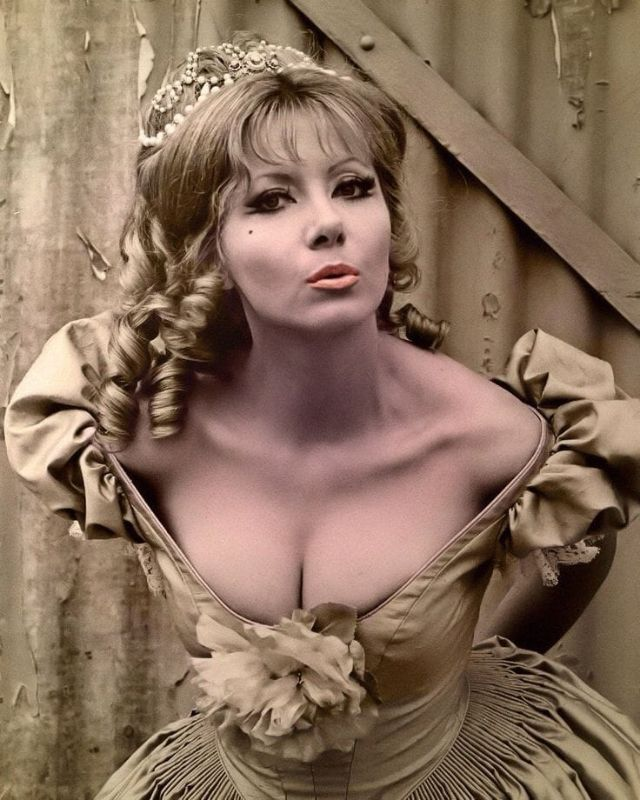
In 1945, during a forced march, Ingrid and her mother escaped. They were rescued by partisans and survived in the forest until the war ended. Later, she reunited with her father and sister through Red Cross efforts. Sadly, her father died just five years later. Despite such early loss, Ingrid’s strength only grew. She would later say, “I used to lie on the straw and try to believe I was somewhere else.” Her dreams became fuel for something far greater.
Video : The Vampire Lovers (1970) – Ingrid Pitt, Madeline Smith, & Kate O’Mara
Escaping East Germany and Chasing the Stage
In the 1950s, Ingrid joined the prestigious Berliner Ensemble, mentored by Helene Weigel. But her outspoken opposition to the Communist regime in East Germany put her in danger. Just before her stage debut, she fled the country with help from a U.S. Marine named Laud Roland Pitt Jr., whom she married. Though the marriage didn’t last, Ingrid kept the surname “Pitt” and never looked back.
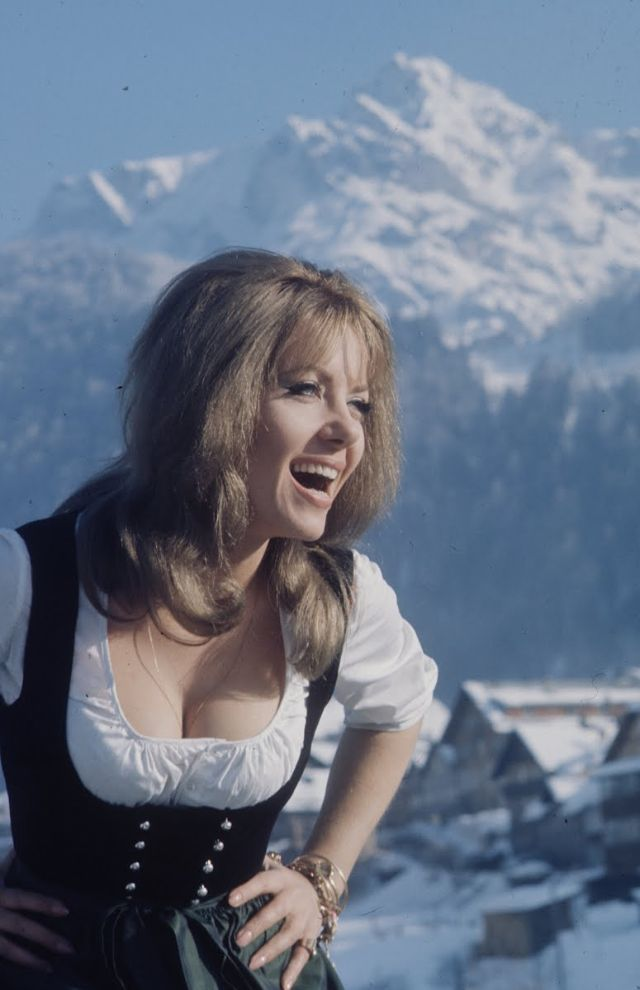
Landing in California, she waited tables and took bit roles in Spanish films—even though she didn’t speak the language. Her break came in 1965 with a minor part in Doctor Zhivago, followed by a memorable role in Where Eagles Dare (1968) opposite Clint Eastwood and Richard Burton. She was on her way—but she’d get there on her terms.

The Queen of Hammer Horror
Ingrid Pitt’s transformation into a cult horror icon happened almost overnight. In 1970, she starred as Mircalla Karnstein in The Vampire Lovers, a seductive vampire who defied genre expectations. This wasn’t a helpless damsel or background victim. Ingrid brought a commanding mix of sensuality and depth to her character that audiences couldn’t forget.
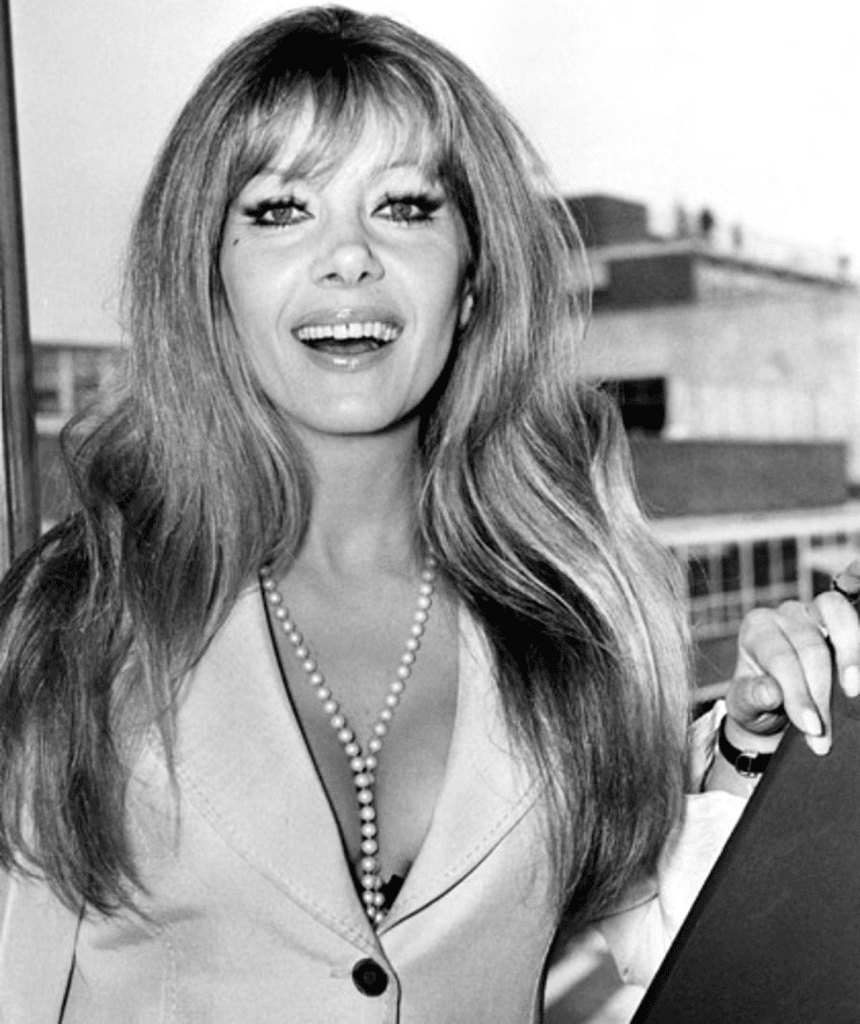
She went on to star in Countess Dracula (1971), portraying the legendary bloodthirsty countess Elizabeth Báthory, and The House That Dripped Blood (1971), once again stealing the spotlight. Her role in The Wicker Man (1973) as a seductive librarian added to her mystique. Ingrid became known for saying, “I was always the biter, never the bitten.” She wasn’t playing victims—she was playing legends.

A Pen Just as Sharp as Her Fangs
Not content with just performing, Ingrid turned her life into literature. Her autobiography, Life’s a Scream, along with Darkness Before Dawn, recounts her experiences with honesty and humor. She also penned horror-themed books like The Ingrid Pitt Bedside Companion for Vampire Lovers and novels such as Cuckoo Run.
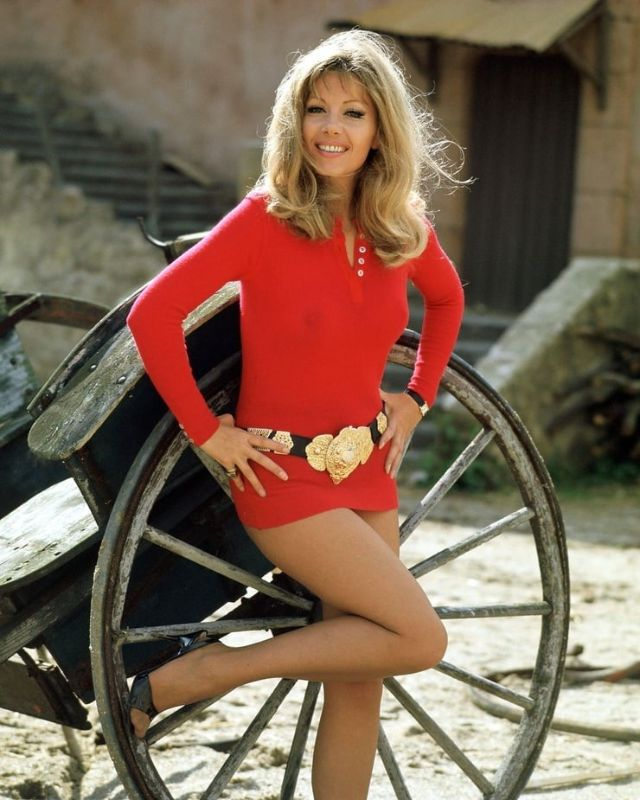
Her writing reflected the same fearless energy she brought to the screen. She wrote about Nazis, revolutions, illness, love, and paranormal experiences—turning every page into a portal into her wild, beautiful life.
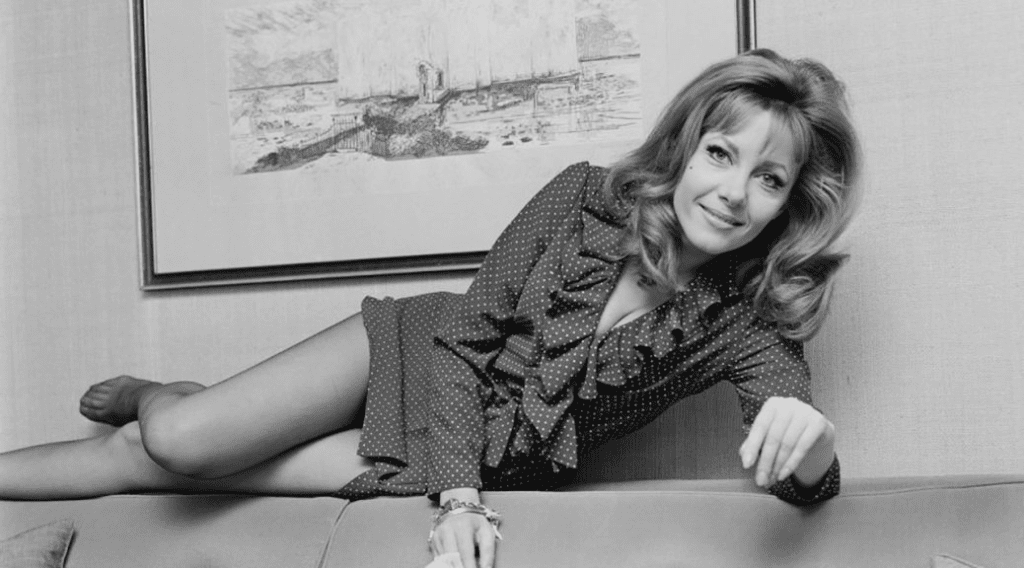
Adventures Beyond the Set
Ingrid Pitt lived more in one lifetime than most people do in three. She earned a black belt in karate, flew airplanes, and even befriended Argentina’s president Juan Perón. She survived ovarian cancer and spent time with Native American tribes in Colorado, where she had spiritual visions of her father. Her life was so rich in experiences that it read more like a novel than a memoir.
She wasn’t just an actress or author. She was a traveler, a seeker, and a force of nature.
Video : Ingrid Pitt – filmography
Loved by Fans Around the World
Ingrid remained active in the fan community until her passing. She attended conventions, gave interviews, wrote for horror magazines, and even managed her own website, Pittofhorror.com. She relished the love from her fans, often saying their compliments made her smile—even when she knew they were stretching the truth. “They say I’m more beautiful now than I was 25 years ago,” she once joked. “All lies, of course, but sweet.”
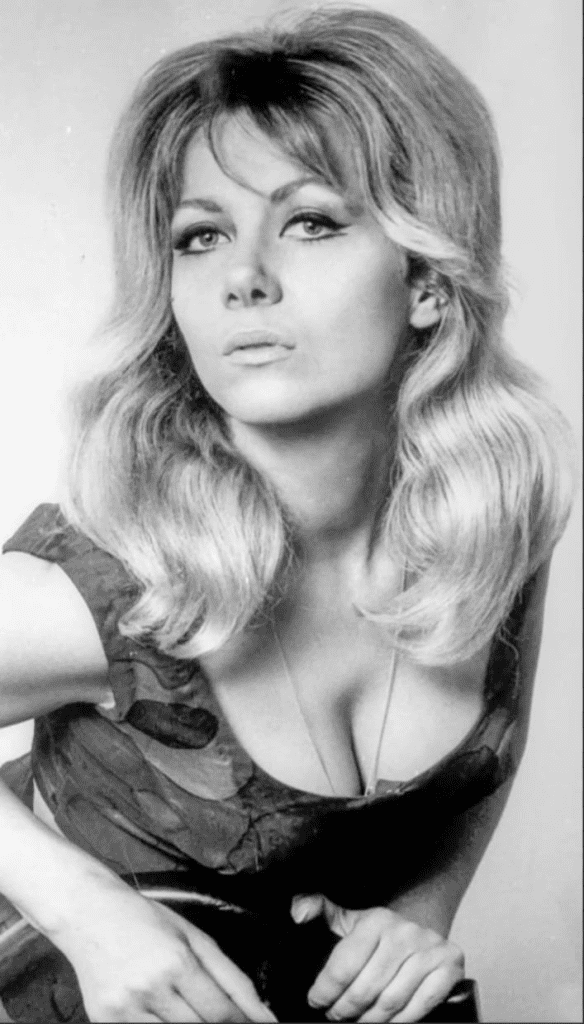
She made a return to Doctor Who in 1984 and appeared in various late-career projects like Smiley’s People and Octopussy. Her daughter, Steffanie Pitt-Blake, fondly recalled her mother’s charm and cheekiness, remembering her not just as a star—but as a loving, fearless woman with a fierce sparkle.
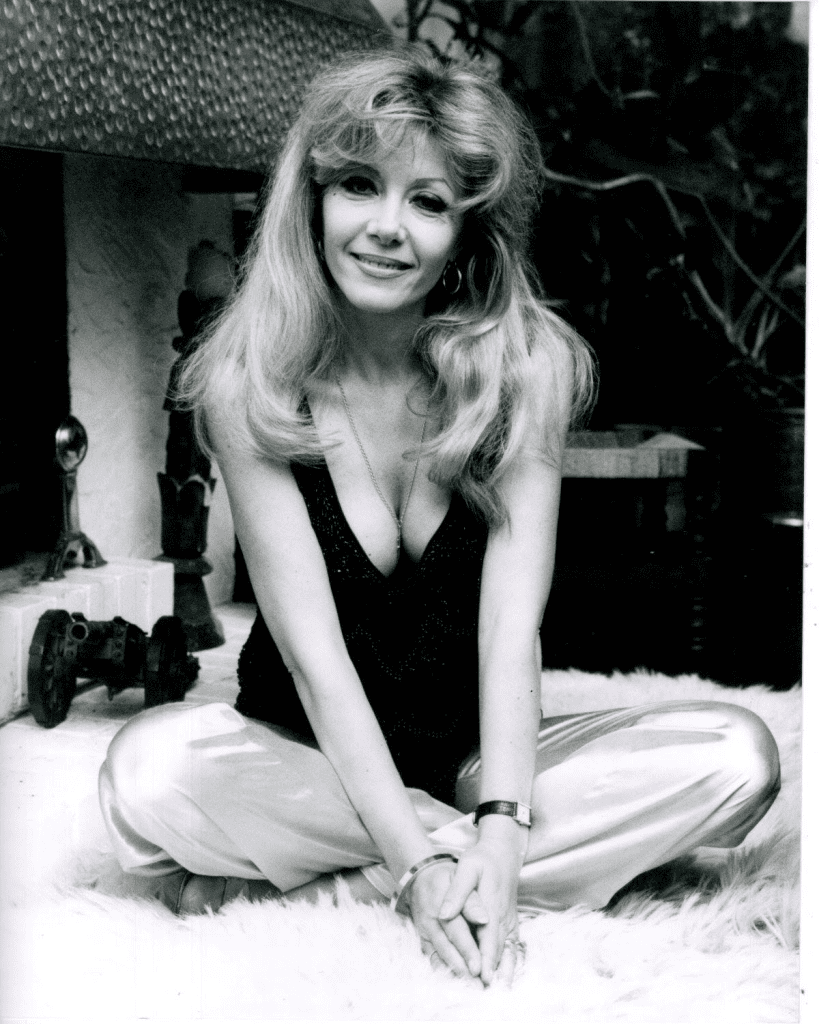
Her Final Curtain Call
On November 23, 2010, Ingrid Pitt passed away in London at the age of 73, just days after her birthday. She collapsed on her way to a dinner with fans—a fitting tribute to someone who gave so much to the people who adored her. She was survived by her third husband, Tony Rudlin, her daughter, and a grandson.
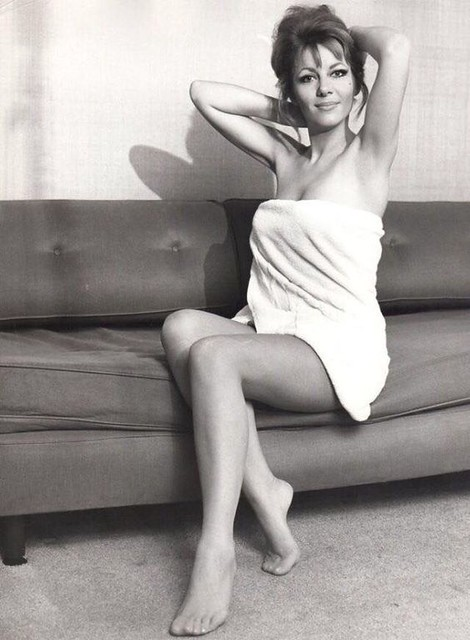
Her legacy lives on—not only through the cult classics she headlined but in the lives she touched and the stories she told. Horror festivals still honor her, and her memorabilia remains treasured by fans and collectors around the world.
Conclusion: More Than a Vampire, A Voice That Echoes
Ingrid Pitt was more than a woman in fangs. She was a symbol of survival, courage, and reinvention. She defied death as a child, defied regimes as a young woman, and defied Hollywood expectations as an actress. She didn’t wait for roles to define her—she created her own mythos.
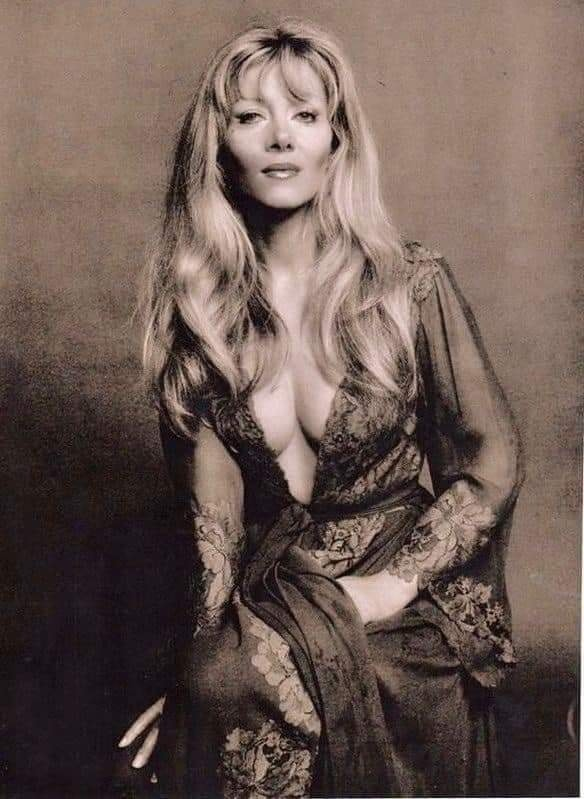
Her legacy goes beyond the screen. It lives in her words, her spirit, and the way she inspired others to face life’s darkness with their own kind of fire.